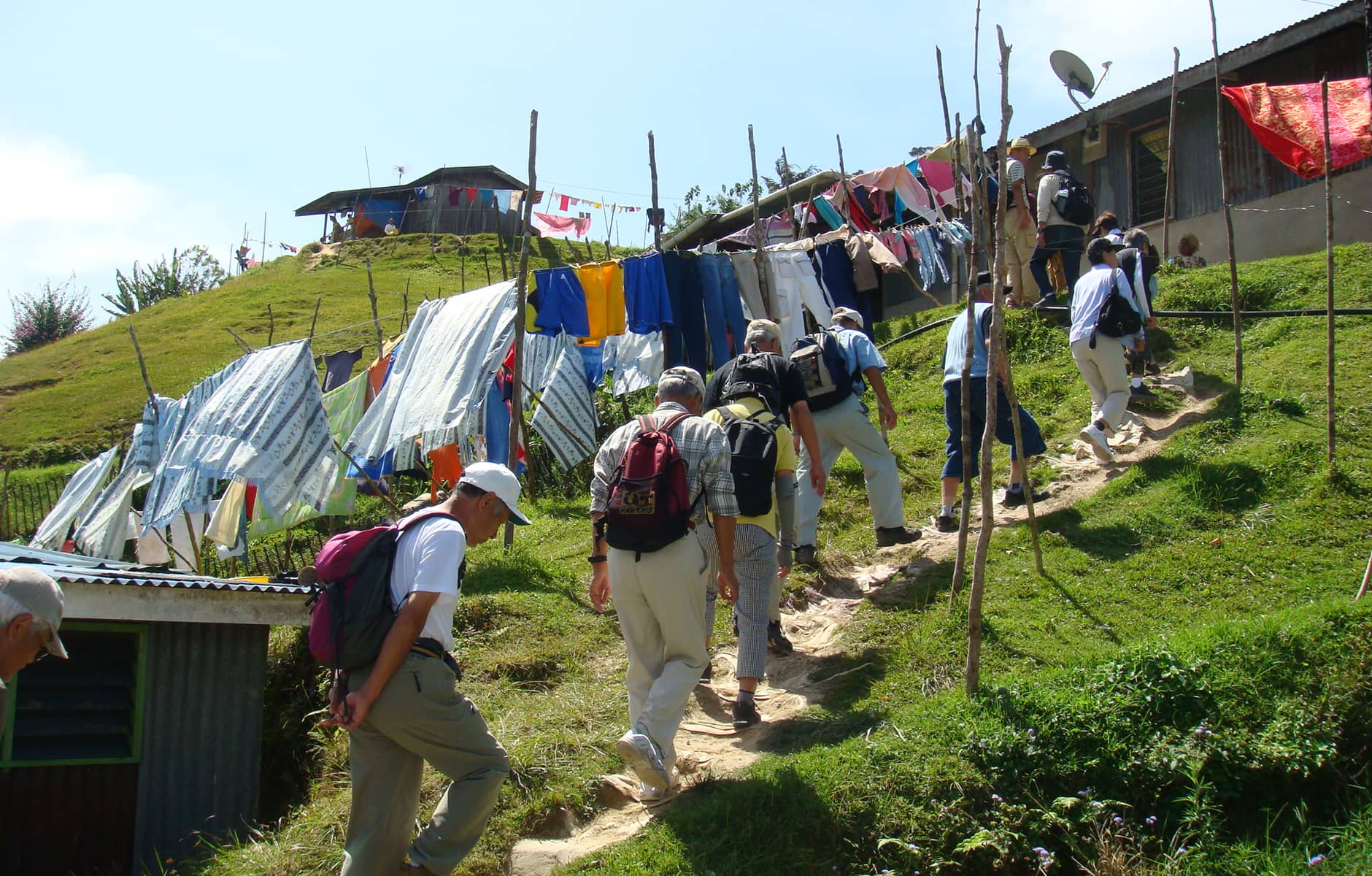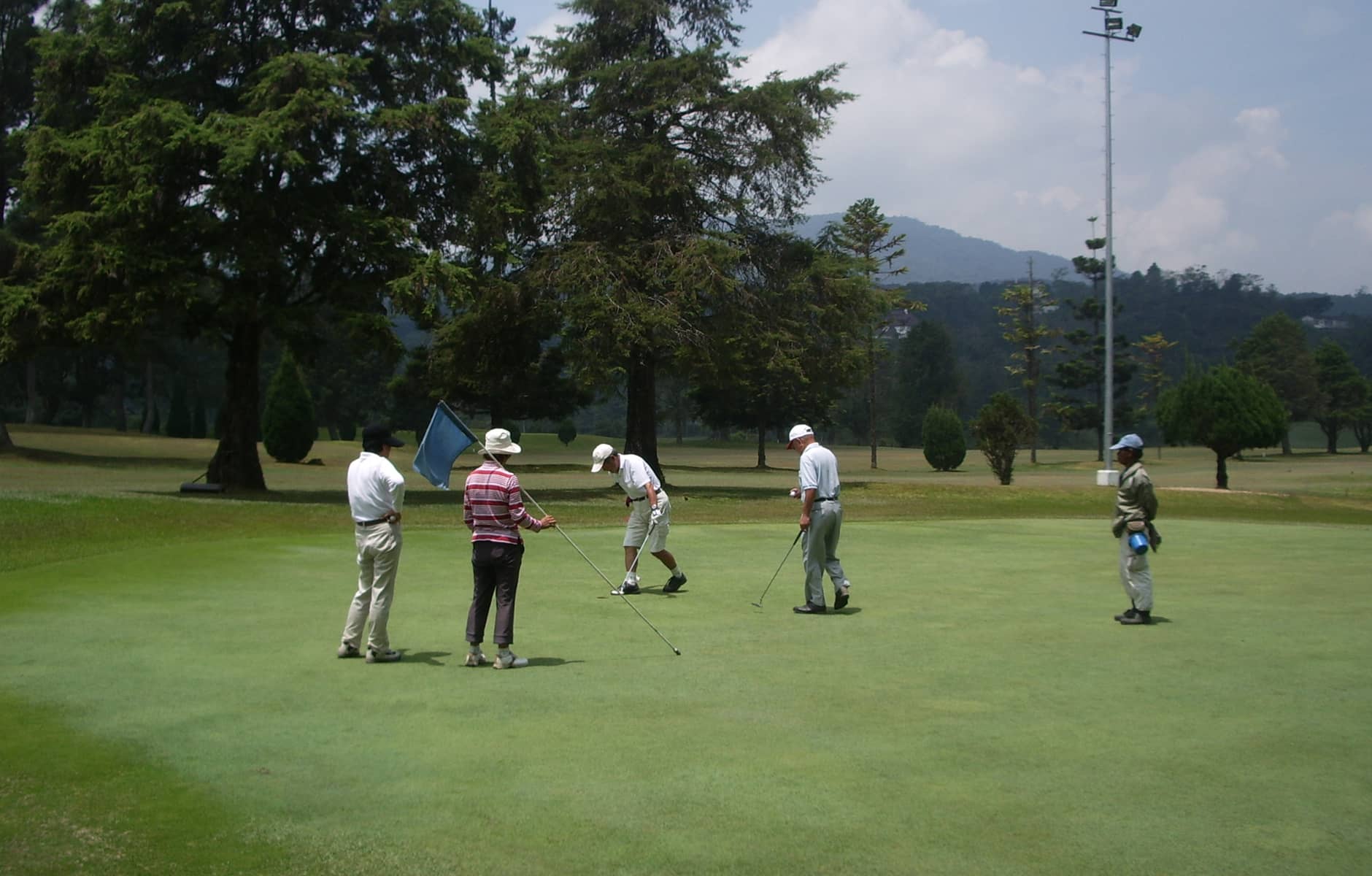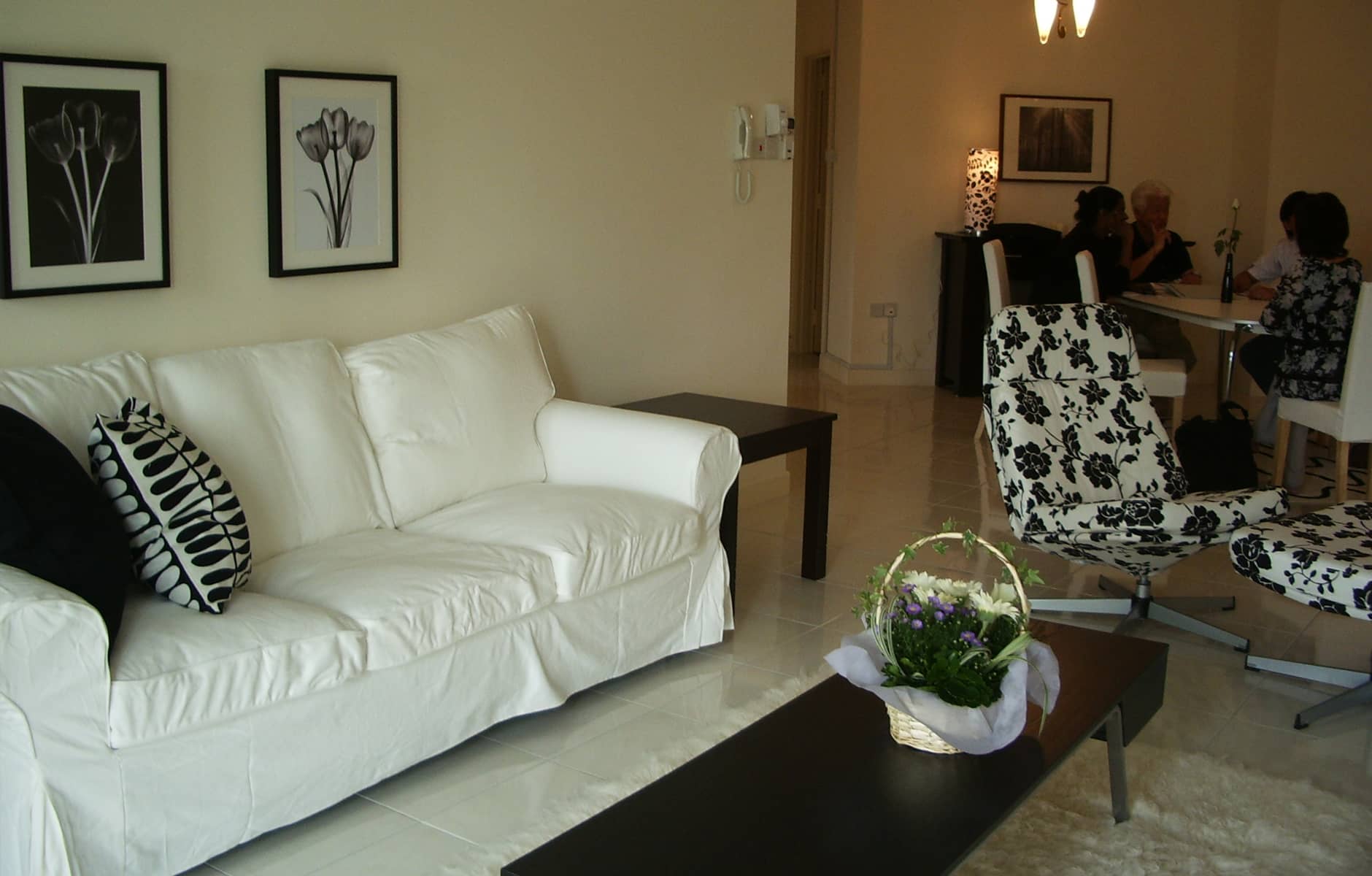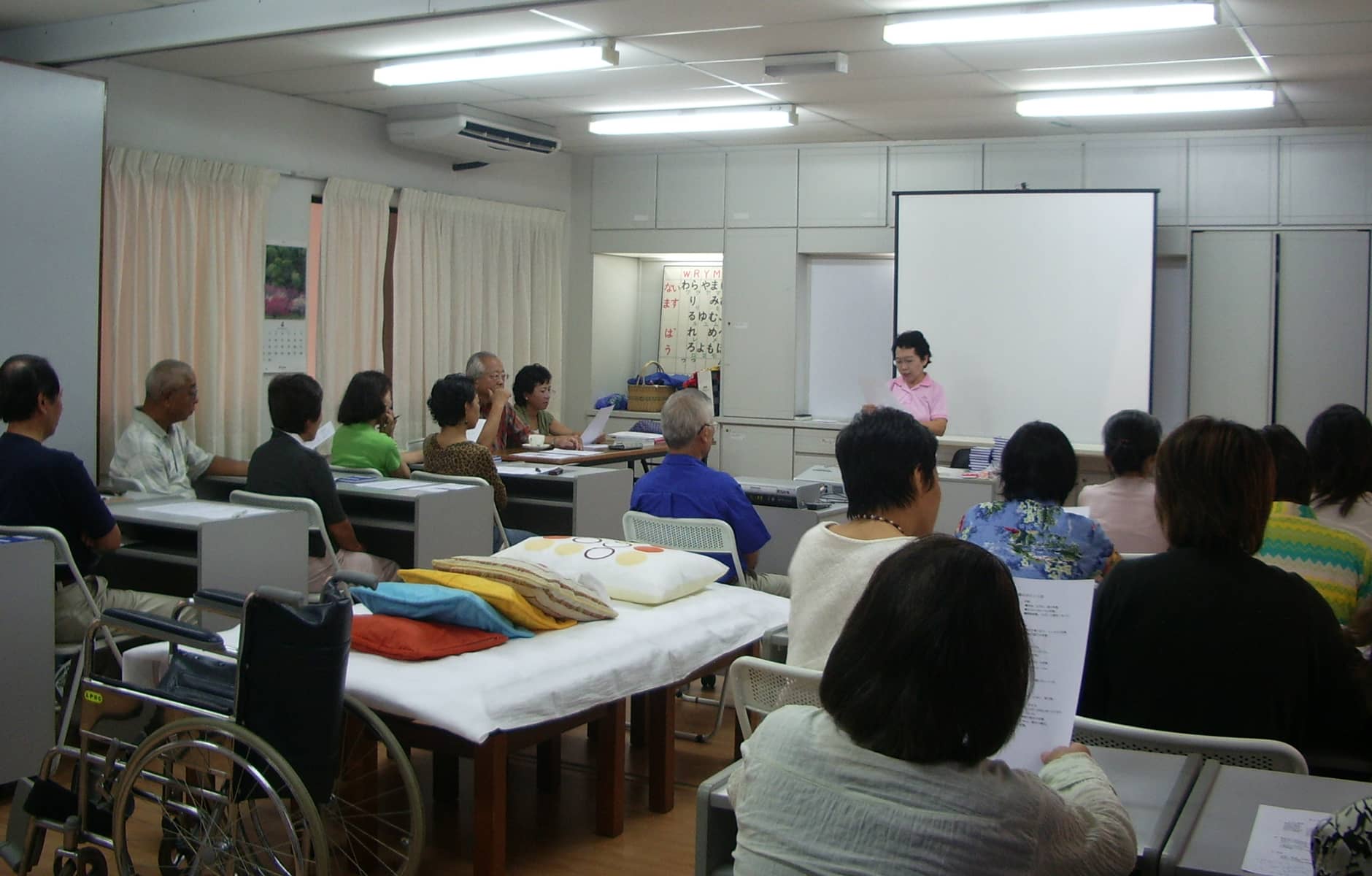There are many elderly Japanese living in Malaysia who have moved there in hopes of "living a second life abroad" after retirement. Focusing on this kind of international retirement migration, Dr. Mayumi Ono conducted field work in Malaysia to explore the ways of life of people who have settled abroad.
The international migration of retired senior citizens: A growing trend since the 2000s
Some people dream of living abroad after they retire from work, and they are turning those dreams into reality, choosing to live their second life in a foreign country.
Mayumi Ono conducts research on long-stay tourism, lifestyle migration, and international retirement migration through the lens of cultural anthropology. For about the last 20 years, she has been tracking Japanese senior citizens who have emigrated to Malaysia or repeatedly travel to the country for long stays after retirement.
“I started this line of research because I was interested in the long-term stays overseas of young people in their 20s, such as backpackers and people on working holiday. In the course of my research, I learned that, like young people, there are elderly people who emigrate overseas based on a vague yearning to live outside Japan,” recalls Ono.
According to Ono, in the field of migration studies at that time, there were very few studies that explored voluntary international migration of individuals without economic or political reasons. After that, the concept of lifestyle migration came into use, and international retirement migration began to gain momentum in the 2000s. She explains: “In Japan, people spoke of the ‘2007 problem,’ but the market targeting elderly retirees had been expanding since the early 2000s in anticipation of baby boomers reaching retirement age. For example, products like cruise ship package tours and vacation homes came onto the market in quick succession, symbolizing an affluent and healthy lifestyle. Long stays, or people spending extended periods of time overseas, were another one of these products.”
As interest in long stays in Southeast Asian countries such as Thailand and the Philippines grew, it was Malaysia, another popular destination country, that put in place a system to make it easier for foreigners to move there.
“Malaysia's acceptance of foreign retirees is said to have started in the late 1980s under the so-called Silver Hair Program. Subsequently, migration requirements for factors such as nationality and age were relaxed, and in 2002, the country launched the Malaysia My Second Home Program (MM2H). From the outset, Japan was considered a major target country along with the countries of Europe, and many Japanese senior citizens chose Malaysia as a destination for long-term stays and emigration,” says Ono.
Exploring the international retirement migration of Japanese senior citizens to Malaysia
After shedding light on how the overseas long-stay market for senior citizens had expanded in Japan, Ono stayed in Malaysia from 2006 to 2009. She has continued conducting intermittent field work in the country since then.
For the first two-and-a-half years, her research focused on two sites: the Cameron Highlands resort area and the capital city of Kuala Lumpur. In Kuala Lumpur, in particular, she surveyed Japanese senior citizens who had obtained MM2H visas, which allowed them to stay for 5 to 10 years, and were considering making Malaysia their home base. By conducting interviews with more than 150 people, she ascertained their motivations for staying in Kuala Lumpur, their living situation, interpersonal relationships, and thoughts about the future. She also paid frequent visits to the Japan Club of Kuala Lumpur, which serves as a networking hub for Japanese transplants in the city, and observed the many activities that took place there.


Among the activities of the networked community centered on the Japan Club, Ono paid particular attention to the mutual aid organization of long-term residents. She says this group provided knowledge and information to new emigrees to Malaysia to help them acclimate to the lifestyle and understand the new culture, and it actively engaged in mutual aid to help each other when they ran into problems in their daily lives. “The way Japanese senior citizens are developing the environment and services they need to live in Malaysia is nothing less than a movement to create a new lifestyle and way of life on their own after having decided to remain in the country,” speculates Ono.
She continues: “What was also interesting to me was that they were working to create a nursing care environment that would allow people to live in Malaysia even if they ended up requiring care.” They established an Elderly Care Study Group to learn about nursing care methods, and they visited elderly care facilities and hospitals that targeted Japanese people. According to Ono, they were eventually able to establish their own nursing home.
“One man, who suffered from dementia, moved into a nursing home with his wife, but they eventually returned to Japan home, even though they had hoped he would be cared for in Malaysia until the end of his life. I also remember one person who gave up on staying in Malaysia beyond the age of 75 because they did not have medical insurance. They told me, rather emotionally, that they had wanted to live there for another five years. I felt that those who were interested in settling in Malaysia, including those who ended up returning to Japan, were fulfilling their desire to live abroad and were trying to stay true to their own life story,” recounts Ono. She continues: “It seemed to me that for Japanese senior citizens, moving abroad in old age means creating a new way of life, up to and including death, in a foreign country.”
Now, two decades later, the senior citizens that Ono has been studying are still living in Malaysia. What life choices will these emigrees make at the end of their lives and what meaning will they find there? To answer these questions, Ono says she plans to keep tracking these individuals.

